Power interconnectors play a crucial role in strengthening energy supply and fostering cooperation across African regions. Let’s delve into the intricate web of interconnected power pools that are shaping the continent’s energy landscape.
Unlocking Energy Security Through Interconnectors
Imagine a network of power interconnectors crisscrossing the African continent, linking nations and facilitating the seamless flow of electricity. This interconnected grid holds the key to ensuring energy security and driving down costs for both consumers and businesses.
At a recent Solar & Storage Live conference in Johannesburg, Chikoma Kazunga, Africa GreenCo’s Head of Business Development & New Ventures, highlighted the significance of power interconnectors within the Southern African Power Pool (SAPP) and East African Power Pool (EAPP). While SAPP boasts robust connectivity compared to other power pools in Africa, gaps still exist.
The Heart of Connectivity: SAPP Dynamics
SAPP emerges as a powerhouse in terms of interconnection among member countries. However, challenges persist with Angola, Malawi, and Tanzania currently standing unconnected. Tanzania serves as a pivotal link bridging East and Southern Africa’s power pools.
Kazunga elaborated on existing connections within SAPP, emphasizing transmission capacities between South Africa to Botswana, Zimbabwe, Zambia, Mozambique, and more. These interconnections are vital arteries through which substantial amounts of electricity flow across borders.
Fostering Economic Growth: West Africa Initiatives
In West Africa, strides are being made towards bolstering connectivity through projects like the West African Power Pool (WAPP). Despite hurdles such as weak grids and financial constraints faced by countries like Mali, initiatives like WAPP aim to facilitate regional energy trade and spur economic development.
Souraki Sima from Energie du Mali underscored the importance of integrated transmission lines in overcoming power shortages within the region. By prioritizing transmission infrastructure, West African nations can attract investments and propel sustainable growth.
Mitigating Climate Change Impacts
The specter of climate change looms large over Africa’s energy landscape. Kazunga drew attention to how events like El Nino disrupt hydroelectric generation due to erratic rainfall patterns. This not only triggers load shedding but also underscores the need for diverse energy sources and enhanced cross-border cooperation.
One striking example is Tanzania’s surplus hydropower capacity during times of plenty contrasting with neighboring countries grappling with shortages due to limited interconnections. The potential for increased cross-border collaboration lies at the heart of mitigating such disparities during crises or climatic anomalies.
Future Prospects: New Transmission Corridors
Exciting developments are on the horizon with privately financed projects set to revolutionize cross-border electricity flows. Projects like the Solwezi-Kolwezi interconnector promise to cater to demand surges in mining regions while upcoming links between Malawi-Mozambique signify further integration within SAPP.
As new transmission corridors take shape – connecting previously isolated regions – prospects for enhanced energy trading between Southern and Eastern Africa beckon brightly. The impending completion of critical interconnectors holds immense promise for addressing regional electricity deficits effectively.
In conclusion, fostering robust connections through power interconnectors stands as a beacon of hope for powering Africa’s progress towards sustainable energy security and collaborative growth initiatives.


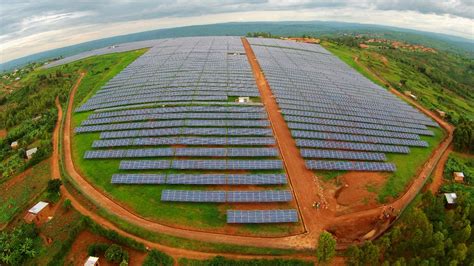
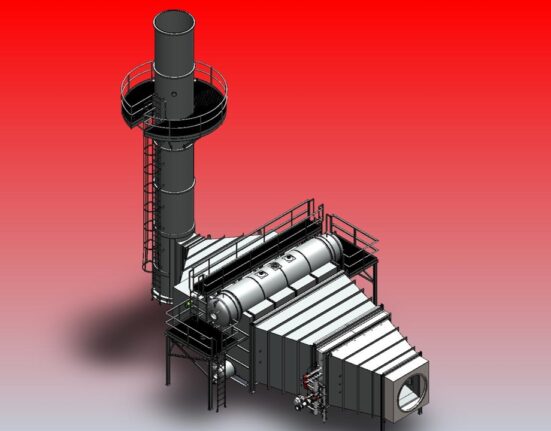
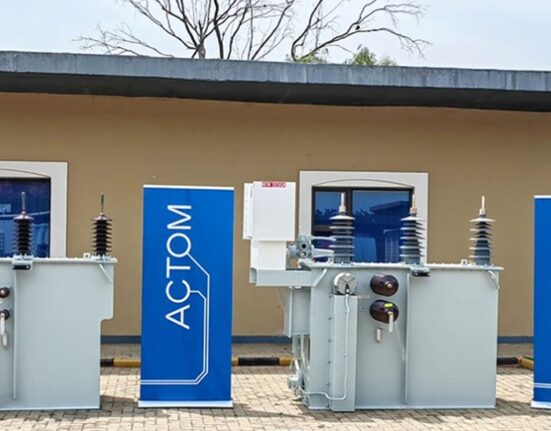
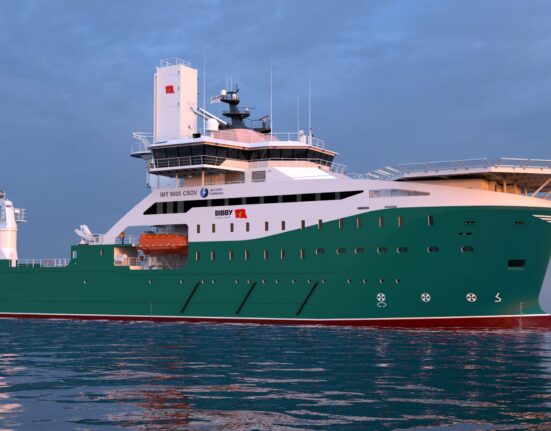

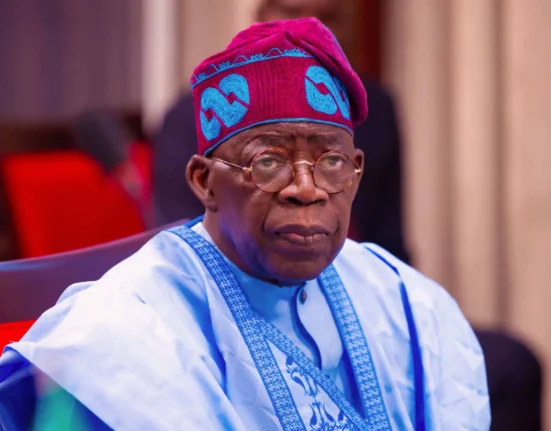
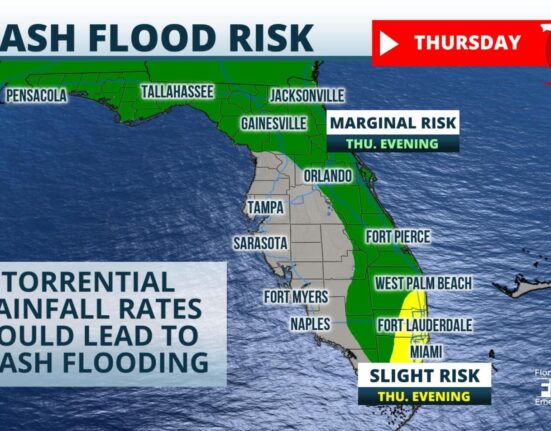
Leave feedback about this